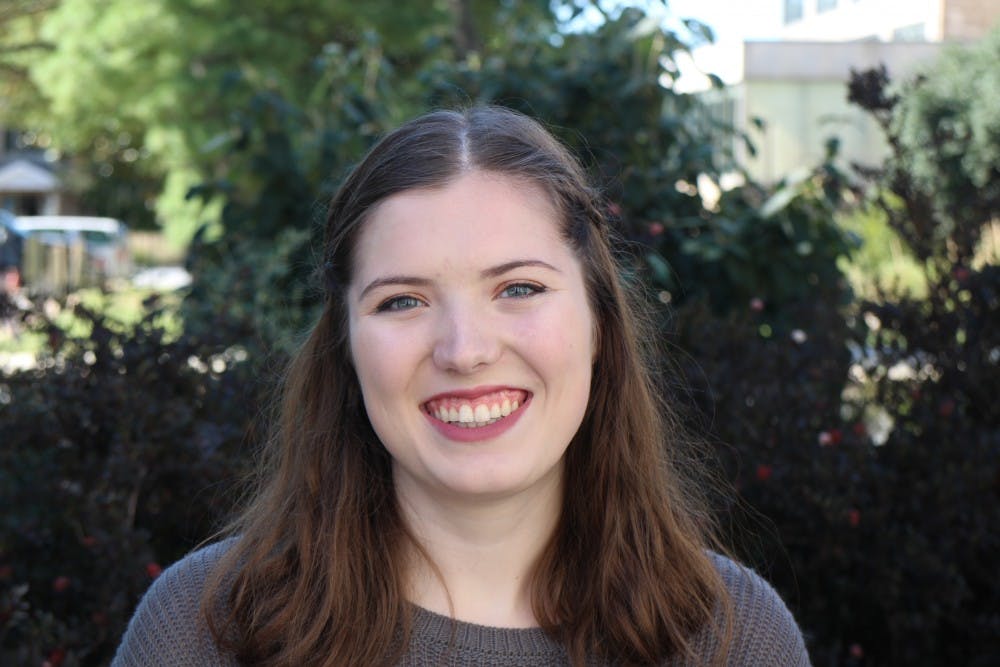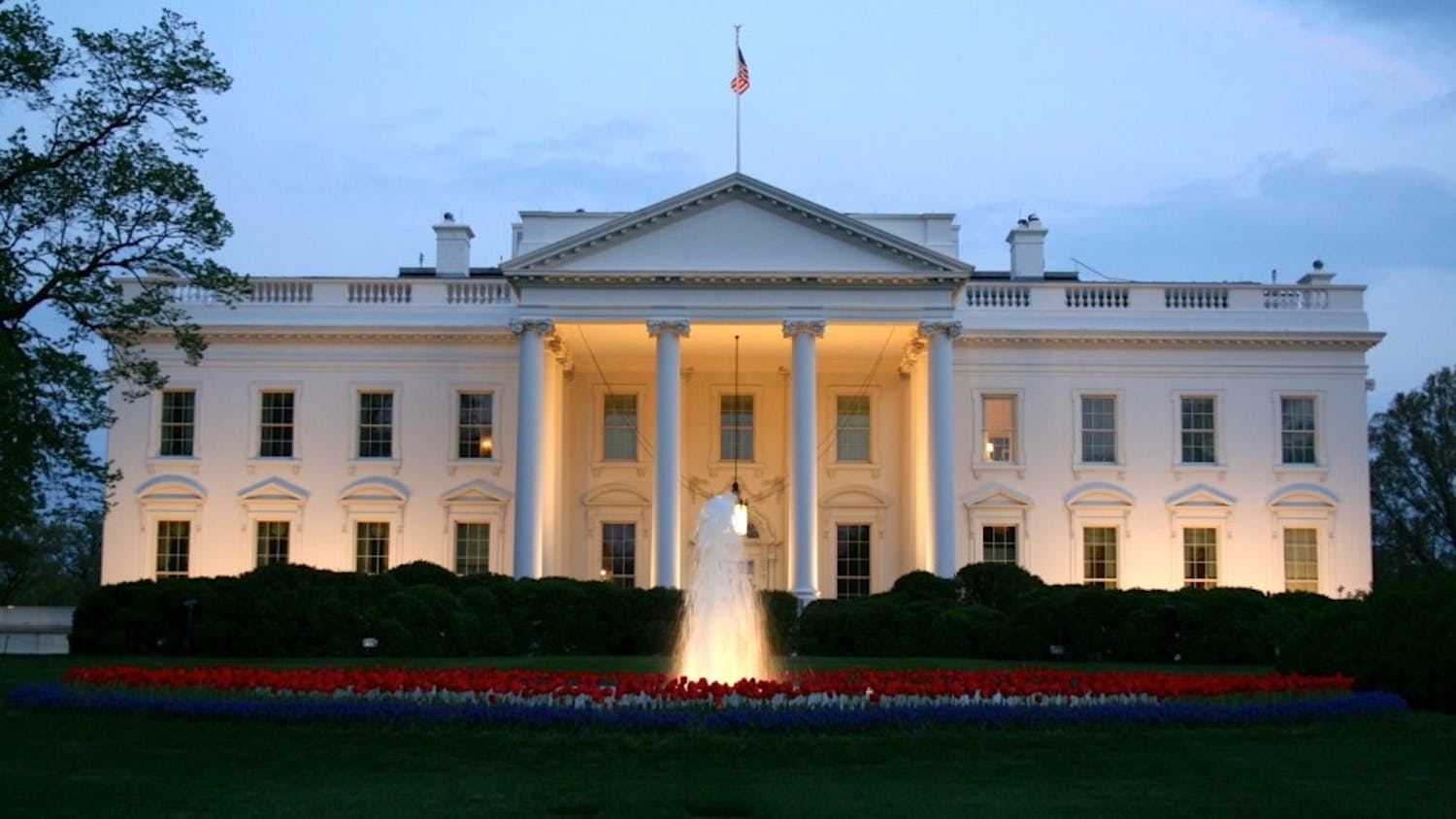In 2010, there were approximately 1.6 billion Muslims spread across the world, according to the Pew Research Center. That’s a lot of people across the world, living in wildly different geographic and cultural contexts. It means that in every global region, there are Muslims living within those borders, going about their daily lives that look entirely different in Indonesia than they do in Nigeria. More Muslims, in terms of raw numbers, live in the Asia-Pacific region than in the Middle East and North Africa. But you wouldn’t know that based on University course offerings.
This year alone has seen the occupation of Kashmir by the Indian government amid increased tensions between India and Pakistan and the mostly Muslim Uighur population in China be put into concentration camps. However, the University and particularly the School of International Service continue to act as if Muslims are only living in the Middle East and North Africa.
Most of the population in the Middle East-North Africa region is Muslim, while in the Asia-Pacific region, it is not quite 25 percent. So it is understandable why much of the focus has been on how to understand Islam in that specific context. But the fact is, Muslims are a diverse religious group and to have any understanding of global regions, you need an understanding of Islam. With Islam so clearly playing a role in the geopolitics of India-Pakistan tensions, especially with the current Prime Minister’s appeals to Hindu-Indian nationalism, it seems that an understanding of the role Islam has had in that region might be helpful for those who want to work in it. For SIS students , it would seem almost mandatory for any student focused on the South Asia region.
And still, there is no course offered examining Islam in this context. The religion class on Islam does not count as a regional credit towards the South Asia or any other region, as the class focuses on the Middle East. As it is a religion class, not a political one, it makes sense that it focuses on the Middle East, since the emergence and history of Islam is tied to that region. But students interested in this region should feel encouraged to take this class as more than what would end up being an elective. As there are only three courses at the University that can be taken to complete a South and Central Asia regional focus, it would seem that those students are being told they cannot complete this area without classes abroad, often forcing students to compromise their studies or their wallets.
As smaller conflicts throughout sub-Saharan Africa fade in and out of mainstream Western news, the role Islam plays in ethnicity and other cultural practices is relevant to better understand these countries. But again, there are no consistently offered classes that address the unique ways Islam has influenced the culture and politics in nations like Mali, Nigeria, Sudan and South Sudan. Instead, students may have to work to find classes that would educate them on this issue. In learning more about the culture and politics of Central or East Asia, the history Islam has had in these countries is again pushed aside. For SIS students to have a complete understanding of this region this means taking a class outside of the major, but in order to receive credit for the course, they must get approval from the Dean’s Office. This approval depends on the appropriate amount of course content from the region itself But the availability of classes that combine Islam and regions beside Middle East-North Africa are few and far between in any of the University’s colleges.
There are scholars and academic scholarship focusing on Islam and these regions, so offering multiple classes on Islam and different global areas should not be a challenge. In a global system where countries seem to be on the retreat, learning about the variety of intersections that Islam has throughout world regions is a necessity. Not every Muslim is Middle Eastern; not every practice of Islam is the same; and not everyone can be represented by a single religion. Hinduism is important to understanding Indian culture and politics, but so is Islam, Sikhism and other religions. Christianity has had widespread influence throughout Europe andEurasia, but Islam has influenced this region as well, along with a variety of religious practices. The narrative that the only Muslims are Arab Muslims is inaccurate yet still dominant in the United States, particularly in a post-9/11 context, where Arab and Muslim have essentially become synonymous in discourse. The role Islam plays in the Middle East-North Africa region is vital to understanding this complexity, and it makes sense that there are plenty of courses to discuss that. However, Islam plays a role on the global stage, outside of that region. Not acknowledging the diversity present in Islam, as in most religions, does a disservice to students.
Samantha McAllister is the Opinion Managing Editor for The Eagle and a junior in the School of International Service.
smcallister@theeagleonline.com
This article originally appeared in The Eagle's December 2019 print edition.





